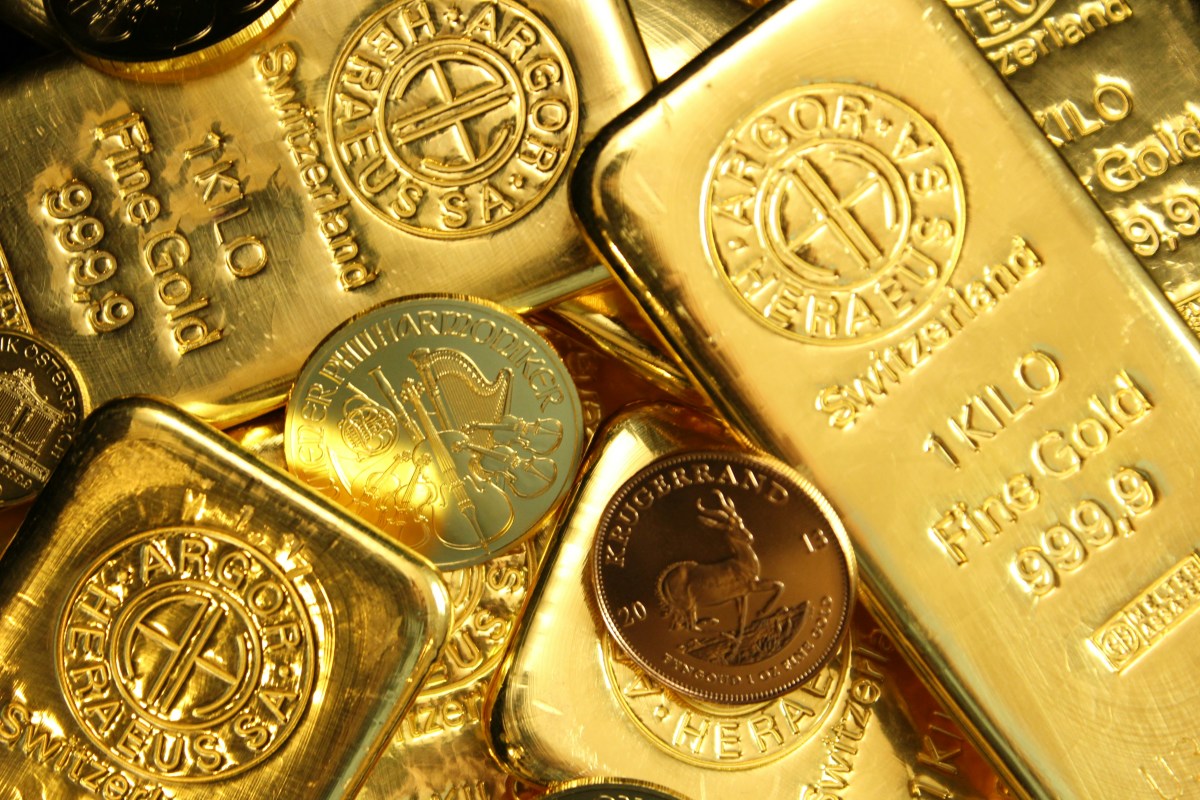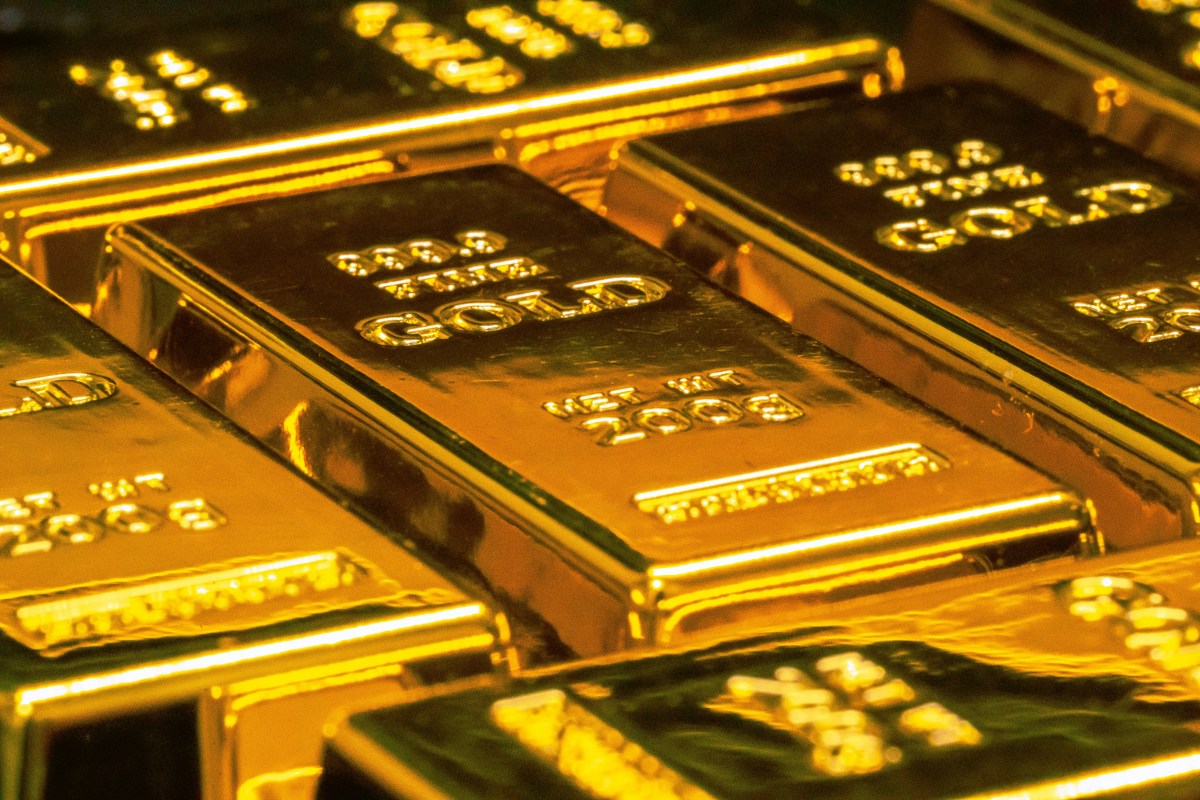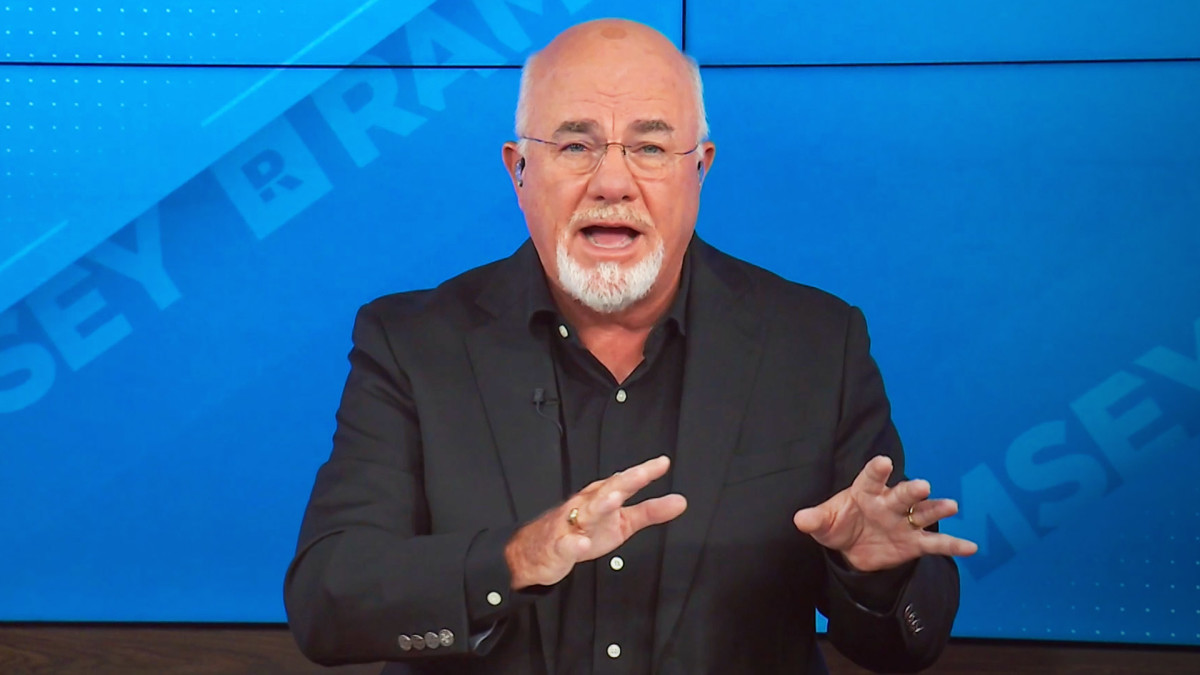Goldman Sachs revisits gold price forecast for 2026
Gold prices have retreated recently, raising questions about whether we are nearing the end of the yellow metal's impressive rally this year. After surging to all-time highs near $4,400 per ounce in October, the precious metal retreated below $4,000 per ounce in late October. Since then, it has ...

Gold prices have retreated recently, raising questions about whether we are nearing the end of the yellow metal's impressive rally this year.
After surging to all-time highs near $4,400 per ounce in October, the precious metal retreated below $4,000 per ounce in late October. Since then, it has bounced around, trading between $3,900 and $4,205, before closing at $4,054 on November 17.
The recent action has left gold bugs wondering if they should "buy the dip" in gold or sell to lock in profits.
Annual gold returns since 2020:
- 2025: 53.9%
- 2024: 27.2%
- 2023: 13.1%
- 2022: -0.23%
- 2021: -3.5%
- 2020: 24.4%
Source: MacroTrends.
Dip buyers appear to be holding the line below $4,000, but gold remains down 7.4% over the past month. That's hardly reassuring, but Goldman Sachs has recently revisited its gold price outlook for 2026, highlighting one major catalyst that is likely to determine the next move in prices.
Gold surges in 2025 as yields fall, Dollar dips
The U.S. economy is performing well, based on GDP growth; however, considerable cracks, in the form of unemployment and inflation, have emerged that have boxed in the Federal Reserve. Photo by Jingming Pan on Unsplash
The jobs market is creating fewer new jobs than it was in 2024, according to payroll processor ADP. Layoffs are surging, and unemployment has risen to its highest level since 2021. Meanwhile, President Doland Trump’s tariff strategy has increased import costs, leading to a rise in inflation.
In August, the Bureau of Labor Statistics reported that the unemployment rate was 4.3%, up from 3.4% in July. Challenger, Gray, & Christmas data show U.S. employers have announced 1.1 million layoffs this year through October, up 44% from the same period in 2024.
More Wall Street:
- Stanley Druckenmiller’s latest buys suggest shifting tech trend
- Goldman Sachs unveils stock market forecast through 2035
- Dalio’s Bridgewater quietly reshapes its portfolio amid bubble warnings
- Peter Thiel dumps top AI stock, stirring bubble fears
According to a study by Resume.org, four out of 10% companies laid off workers in 2025, and 60% expect to cut workers in 2026.
Meanwhile, the Consumer Price Index, or CPI, showed inflation was 3% in September, up from 2.3% in April, before most tariffs went into effect.
The jobs and inflation data put the Fed in a precarious position because its dual mandate is low unemployment and inflation, and these two goals often run contrary to one another.
Still, the Fed reduced interest rates by a quarter percentage point at its FOMC meetings in September and October, and many expect it to continue supporting the jobs market into 2026.
In addition to concerns over jobs and inflation, the U.S. economy also faces a significant headwind from its debt, as well as worries that foreign central banks' appetite for financing our spending might wane.
The backdrop has caused Treasury yields to fall and the U.S. Dollar to decline. The 10-year Treasury yield is 4.14%, down from 4.77% in early January. The U.S. Dollar Index has dropped to 99.5 from 109 over the period.
That's been good for gold because, historically, gold prices tend to move in the opposite direction of yields and the dollar. Lower Treasury yields make them less attractive as a safe-haven alternative to gold, and because gold is priced in U.S. Dollars, Dollar weakness makes gold more affordable to foreign buyers, including central banks.
Goldman Sachs revisits 2026 gold forecast
The recent volatility in gold prices has occurred as Treasury yields have risen from below 4% to their current levels. The Dollar has also contributed to gold's recent drop, rising about 1% in the past month.
Still, Goldman Sachs thinks that the catalysts underpinning gold will continue to offer support, making the pullback relatively short-lived, particularly given that central banks remain buyers.
Related: Next Fed interest-rate cut could slide into 2026
"The gold price broke higher last week, jumping about $25 in a vertical move during last Monday's Asia hours and rising nearly 6% before correcting on Friday to just under $4,100. The timing, size and speed of last Monday's price increase are consistent with Asian central bank buying," wrote Goldman Sachs analysts in a research report provided to clients and shared with TheStreet.
The top investment bank, which was founded 156 years ago, has seen its share of gold booms and busts. It says central bank buying has accelerated and will continue strong into next year.
"Our GS nowcast estimates central bank purchases at 64 tonnes for September (vs. 21 tonnes in August), and central bank buying likely continued in November. We continue to see elevated central bank gold accumulation as a multi-year trend, as central banks diversify their reserves to hedge geopolitical and financial risks," wrote the analysts.
Goldman Sachs estimates central banks will buy a monthly average of "80 tonnes in 2025Q4-2026." The bank estimates that Qatar bought 20 tonnes of gold in September, Oman acquired 7 tonnes, and nd China bought 15 tonnes.
Overall, the pace of buying by central banks led Goldman Sachs to stick to its forecast that gold prices will climb to $4,900 by end-2026. It also says that prices could wind up even higher if trends by retail investors to include gold in portfolios continue.
"The pickup in central bank buying, together with the largest monthly gold Western ETF inflow (112 tonnes) since mid-2022, marks the first time in this cycle that strong post-2022 central bank demand and such a sizable increase in ETF holdings have occurred simultaneously," wrote the analysts.
Related: Bank of America raises alarm on worker pay
What's Your Reaction?




















































